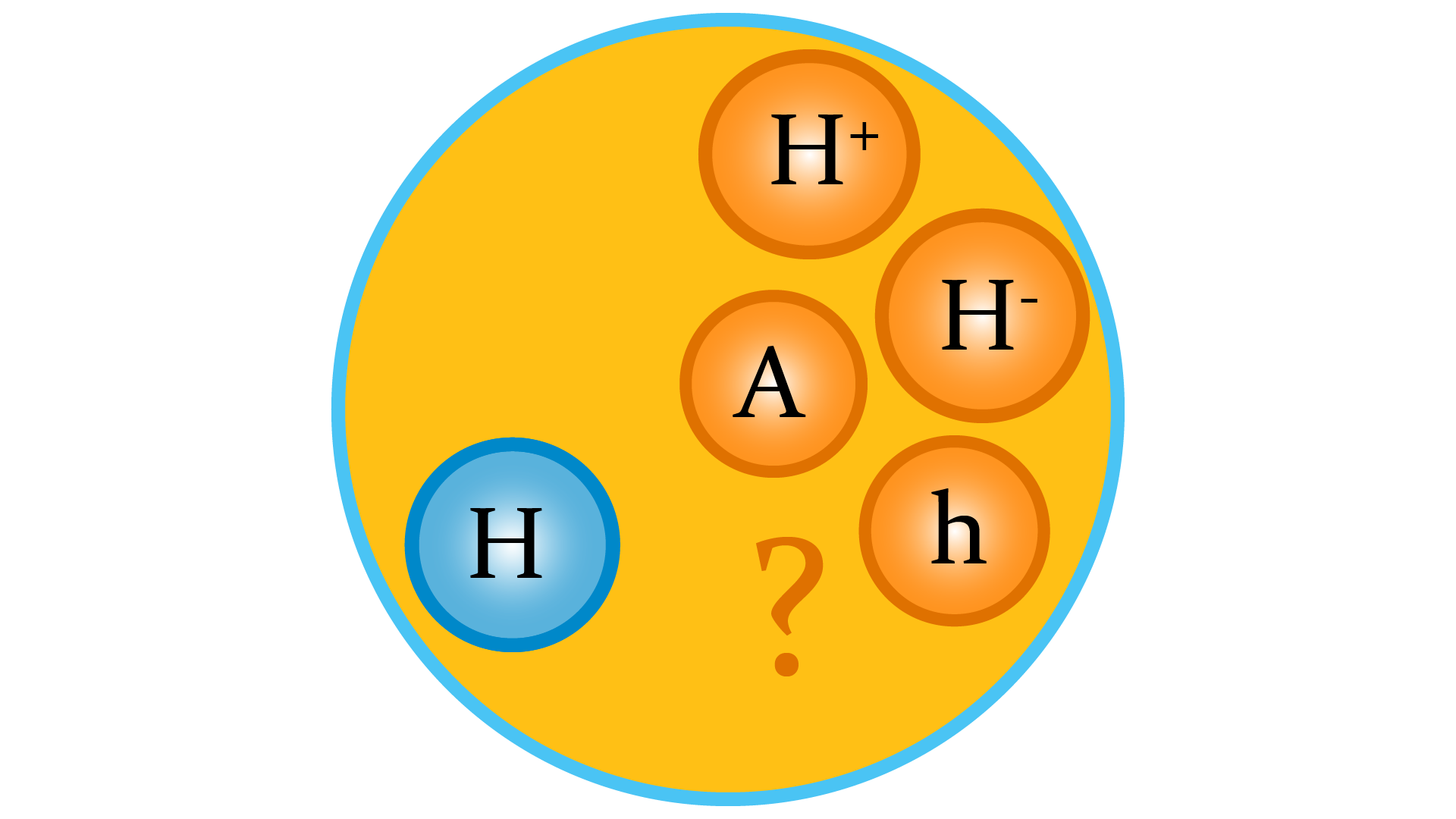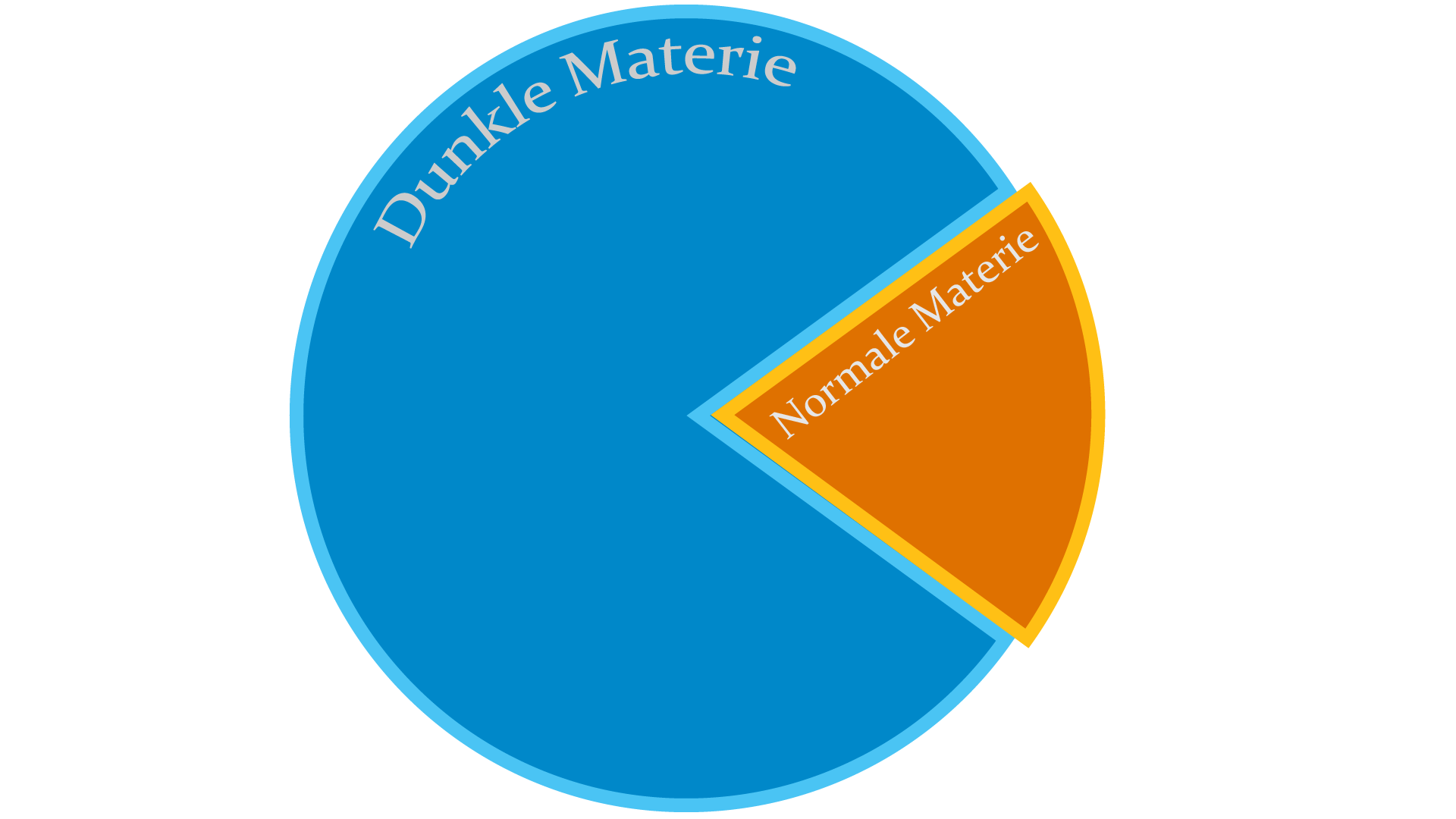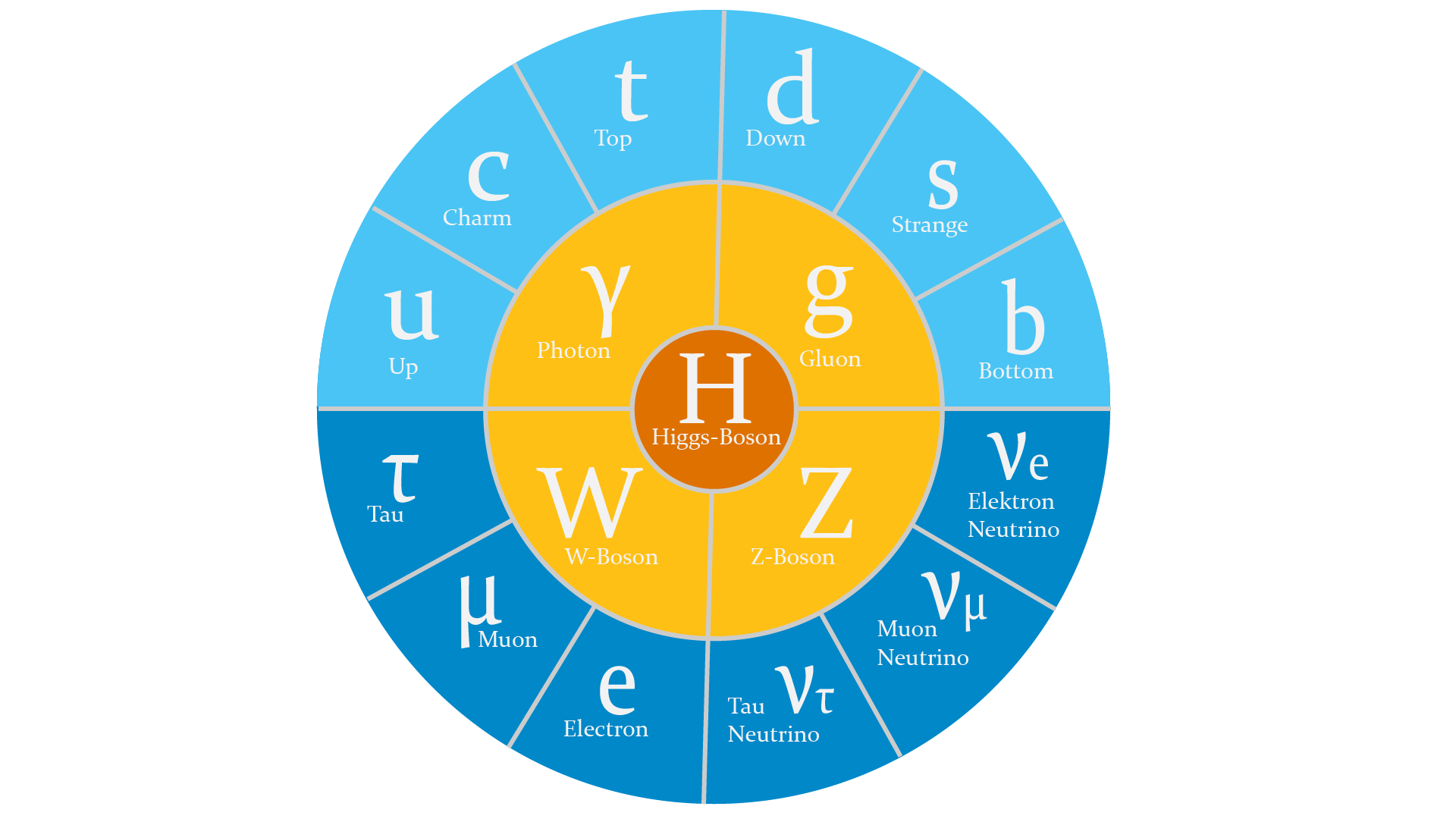

Where is all the antimatter?
The symmetry principle of physics states that matter and antimatter should exist in equal amounts in the universe. Thus, the same amounts of matter and antimatter should have been created during the Big Bang. If this were the case, there would be no matter at all today, because matter and antimatter would have annihilated one another during the early history of the universe. The existence of matter is therefore based on an asymmetry of matter and antimatter - a puzzle on which the Belle II experiment is on the trail.
Beyond the Standard Model!
Indeed, the Standard Model is the foundation of modern particle physics and explains the nature of all known fundamental particles and their interactions. However, based on experimental evidence, this Standard Model appears to be an approximation at the energy level that can be explored today, rather than a definitive truth. The experiments at the Belle II detector will reveal deviations from theoretical Standard Model predictions through high-precision measurements, thus exploring the way to a new physics at yet higher energy scales.

Are there multiple Higgs bosons?
According to the Standard Model of particle physics, a Higgs field exists, which is supposed to explain the origin of the mass of elementary particles. In 2012, the so-called Higgs particle was finally detected in experiments, completing the Standard Model of particle physics. Indeed, many of our physics theories that extend beyond the Standard Model suggest that there could be an entire family of Higgs particles; in addition to neutral Higgs particles such as the experimentally confirmed Standard Model Higgs, they could also include charged Higgs particles. Intensive searches for these new - in particular (the) charged - Higgs particles are being conducted in the Belle II experiment.

What is dark matter exactly?
Accounting for about 80% of the matter in the universe, dark matter is currently one of the greatest mysteries in physics, since its structure is completely unknown. The Belle II experiment attempts to unravel this mystery by studying particle decays under the hypothesis that there could be dark matter particles - e.g. dark photons - that can interact with the visible matter we know and thus would also have an influence on the decays studied.

What's the nature of the strong interaction in hadrons?
Much of our visible matter (e.g. protons and neutrons) belongs to the family of hadrons and consists of quarks held together by "glue particles" called gluons - this so-called strong interaction is the most powerful force in the universe. The composition of hadrons has been known for a long time, but there is little understanding of the origin of their exact structure, which is being explored in detail in the Belle II experiment.

